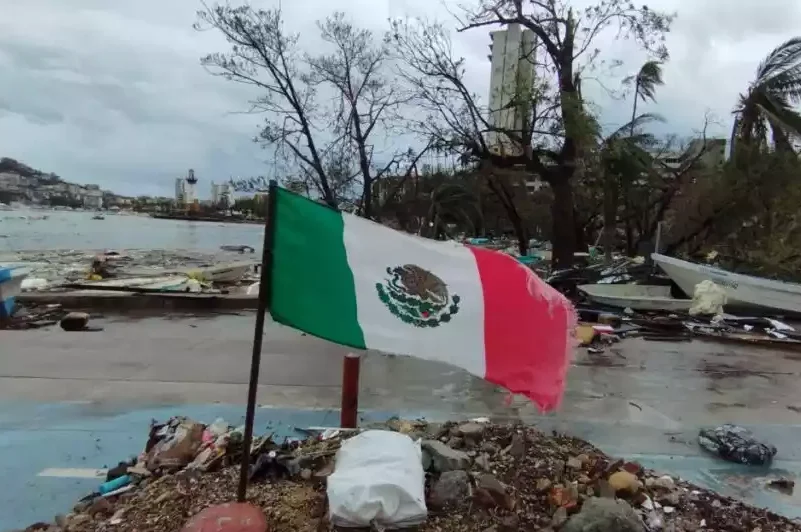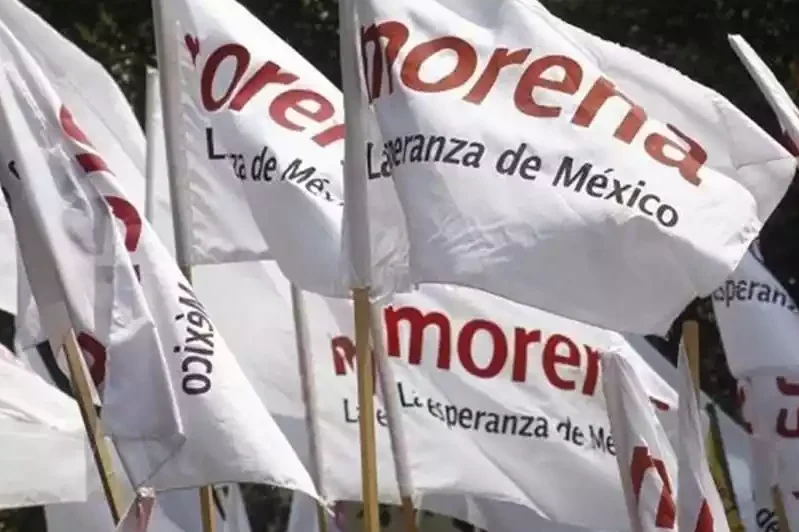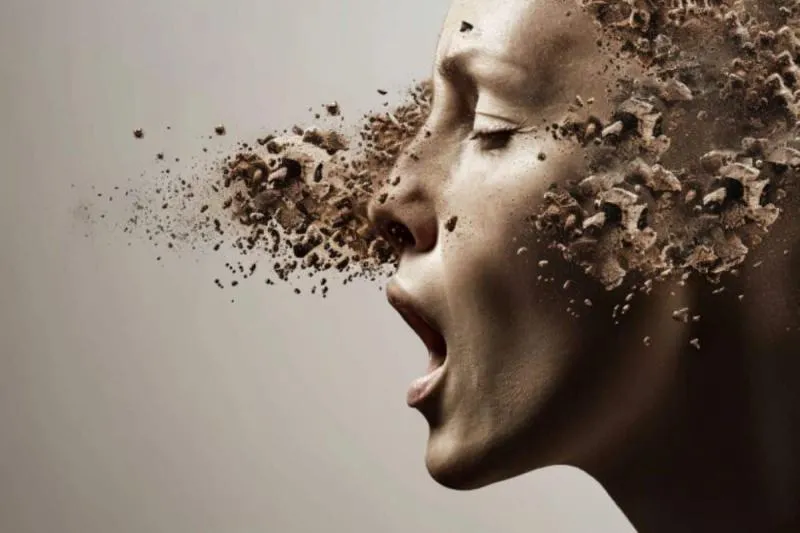Exploring the Vibrant World of Mexican Folk Art: Traditions, Techniques, and Cultural Significance

Mexican folk art is deeply connected to its cultural history, its roots, and the homemade; with deeply ingrained elements such as art, beliefs, and the concept of life or death.
Thus, Mexican folk art can be found in any aspect of daily life, from footwear to great works of art; from a candy, as incredible as it may seem, to large urban murals.
In this way, Mexican folk art is a part of their lives, and unintentionally, they apply its concepts in any design they create, leaving a Mexican mark on it.
Mexican folk art has a long and rich history dating back to 1500 B.C., when great civilizations began to form.
For more than 3,000 years, the Olmecs, Mayans, Teotihuacans, Toltecs, and Aztecs ruled the lands and peoples of what is now Mexico.
Each of these peoples left a mark on Mexican folk art with figures, sculptures, paintings, and a way of seeing life.
In this sense, the lives of Mexicans revolve around their ancestral values, which are connected to what is made in Mexico, and those modern icons that grow stronger with each passing decade.
Although it may not seem so, Mexico is in constant struggle with the world of the United States, resisting with its Mexican folk art.

Mexican Folk Art: A Bit of History
Artisanal production, such as weaving, wood carving, and ceramics, flourished during this time. Indigenous groups made objects for daily use and ceremonial occasions. From 1521 onward, Mexico became a Spanish colony.
The Spanish, on the other hand, significantly influenced Mexican culture during their 300-year reign, blending the local with the European.
From the burnished ceramics of Oaxaca to the famous tin-glazed Talavera ceramics made in the city of Puebla, ceramics are found throughout Mexico in many different styles and forms.
Other elements that added details, besides ceramics, were carved gourds, a unique form of Mexican folk art made from the gourd fruit, which grows in the coastal regions of Guerrero and Oaxaca.
Another pre-colonial craft, lacquerware, features a fine, shiny decorative layer that is applied to a wide range of wooden objects, from trays and boxes to bowls and animal figures.
Subsequently, during the revolutionary period, many people showed a renewed interest in Mexico’s indigenous arts and culture.
In more contemporary times, intellectuals and artists such as Diego Rivera, Frida Kahlo, Miguel Covarrubias, and Nelson Rockefeller began collecting and preserving Mexican folk art.
Exhibitions of Mexican folk art were also held in museums in both Mexico and the United States.
In fact, the Mexican folk art collection at the Phoebe A. Hearst Museum of Anthropology includes a wide variety of pieces, ranging from simple toys and miniatures to highly elaborate clay sculptures by famous ceramists such as Josefina Aguilar and Teodora Blanco.
Other items on display include glass objects, musical instruments, masks, lacquered objects, and carved gourds.
In the artistic annex, Mexican folk art is a melting pot of vibrant colors that illuminate striking and unique motifs inspired by natural and supernatural worlds.
The open palette of Mexico’s folk art scene is reflected in its adoption and adaptation of influences over the centuries.
Artists constantly weave together the old and the new with the same ease as the mythical and the real to create captivating pieces.
The rise in popularity of Mexican folk art may be far from its ancient origins, but the form has never lost its original essence.
Mexican folk art decorates everything from everyday utensils to art galleries around the world. With all kinds of objects, from papier-mâché to decorated leather, let’s explore Mexican folk art and dive into the bold palette of Mexico’s talented artists.
Mexico is art everywhere, even when those who create it are unaware that they are artists.
If you want to learn more about Mexican art and culture, you can read: Why Do Mexican Wrestlers Wear Masks

What is Mexican Folk Art?
Folk art is handmade by people and their community, regardless of their class, religion, or gender.
To be considered “folk,” artists do not need formal training, and the pieces can be practical, decorative, used for religious ceremonies, or simply sold.
Some people create their art in their free time, for artistic pleasure, or to generate additional income.
Traditions and cultural practices are often enshrined in folk art pieces while also being open to change.
All of these conditions apply to Mexican folk art, also known as craftsmanship.
Mexico boasts a wide range of handicrafts thanks to the diversity of its peoples, geography, and climate.
Wood lovers, weavers, ceramists, and many others will find captivating pieces in Mexican folk art.
Characteristics of Mexican Folk Art
Mexico is a geographically and ethnically diverse country. It has fertile valleys, high mountain peaks, steep canyons, deserts, tropical forests, and coastlines on both the Pacific and the Gulf of Mexico.
There are at least 68 indigenous communities in the country, and more than one in five people identifies as indigenous.
The breadth of many native peoples has driven the creative impulse handed down by Mexican ancestors, whose pre-Hispanic works often featured geometric designs.
Thus, we can observe fantastic creatures called alebrijes that combine real and supernatural animals, like a dragon with bat wings and wolf teeth.
Many families and communities develop their distinctive styles within the fluid world of Mexican folk art.

Global Recognition of Mexican Folk Art
Mexican folk art is present in many parts of the world; from sculpture to painting, and through various popular genres in handicrafts and textiles, we can trace its influence.
In fact, some people often confuse the art of other countries, and this is due to the influence of the Mayans and Aztecs in the region before colonization.
Much of the most famous works can be found in Mexico City, as it was in the capital where most artists decided to settle once they gained recognition, and also because it is home to some of the country’s most important museums.
The artwork considered the most popular Mexican piece was created by Frida Kahlo, the country’s most famous painter, titled The Two Fridas, 1939.
Another highly recognized work is The Creation of the Birds by the Spanish artist Remedios Varo.
Like Frida, Remedios is considered one of the foremost exponents of surrealism and symbolism in Mexico; her creations are popular in both the Americas and Europe, with most of her works being preserved in the country.
“The Creation of the Birds,” from 1957, is just a glimpse of what Remedios considered the beginning of life—a greater bird giving life to others.
The Valley of Mexico: For years, landscape painting allowed people to see what lay beyond the place where they were.
Its greatest exponent has been José María Velasco, who remains one of the most famous artists to this day.
The great Mexican muralists, such as Diego Rivera, David Alfaro Siqueiros, and José Clemente Orozco, have works displayed in various locations.
Diego Rivera’s most famous mural is widely considered to be Dream of a Sunday Afternoon in the Alameda Central, created in 1947.
The painter originally made it for the Hotel del Prado, but today it is on permanent display at the Museo Palacio de Bellas Artes, as the hotel was nearly destroyed in the 1985 earthquake.
The Presence of Mexican Art:
The presence of Mexican folk art is vast and widely followed around the world; from the United States to the great exhibition halls worldwide, there is something of Mexico’s influence.
Ceramics:
The most diverse form of Mexican folk art begins with ceramics, the most common type of folk art in the country, which is not surprising considering there are more than 100 types of clay in Mexico.
Everyday ceramics, such as bowls and pitchers, also known as “loza corriente,” often featured geometric patterns and were fired in open fires.
Masks:
Mexico is famous for the elaborate masks used in celebrations such as the Day of the Dead.
Masks are a specialty of the southern, central, and northwestern states of the country, where indigenous communities are abundant, and they are often used in ceremonial dances or as decorations.
Clothing:
Many communities produce precious garments and textiles, with looms possibly being used in Mexico as early as 900 B.C.
There are a variety of creations, from everyday items to clothing for special occasions in various colors and designs.
The large blanket-like capes known as sarapes are among the most intricate and distinctive textiles. The impressive blouses stand out thanks to Spanish influence.
The conquerors also drew the weavers’ attention to wool and silk, incorporating these materials into their designs.
Lacquerware:
Lacquer, or laca, is a meticulous process that requires great skill to produce beautiful items that can cost hundreds of dollars if purchased in the market.
Basketry, carved figures, toys, and jícaras are the creative foundations of much Mexican folk art.
It’s not uncommon to find artists creating pieces with materials as diverse as leather, glass, tin, copper, wood, and papier-mâché.
Inspiration comes from life, nature, and pre-Hispanic and Catholic religious influences, with saints and gods as common themes.
And What About Mexican Cuisine?
Without a doubt, cuisine made in Mexico is highly valued. Mexican food, served in beautiful bowls, pitchers, and cups, often adorns restaurant tables, and you might also see marvelous chocolate whisks in use.
Mexicans also blend art with food, as seen in pan de muerto baked for the Day of the Dead.
The bread often takes the shapes of animals, skeletons, or people.
There are also alfeniques, delicately decorated sugar skulls adorned with beads, feathers, dyes, and more.
These striking confections show how truly creative Mexicans are, no matter the occasion.
The Importance
Let’s say that Mexican folk art is a massive tree, and each ring in its trunk is a new element.
In this case, we’re talking about a tree hundreds of years old, whose height and majesty invite us into an enormous world of creativity and talent.
When you add a rich cultural history that celebrates the real world, the supernatural, and magical realism, it becomes easy to understand how Mexican artists create works that are so visually impactful and unique.
Today, the country’s talented artistic community and its proud cultural identity have given rise to striking creations that provoke thought and delight the senses.
Fortunately for the rest of the world, this rich artistic tapestry has been shared for all to enjoy.





